Impaction refers to a tooth that is stuck in place and unable to complete its eruption process so it can begin working as a normal tooth. Wisdom teeth are commonly subject to impaction and can be the source of significant pain, damage to neighboring teeth, and the development of abscesses. Another tooth that commonly experiences impaction and, in such cases, will require treatment is the upper eyetooth with a focus on retention and helping it move into place. If either of these teeth become impacted, surgery to expose the tooth for treatment is often required.
What Happens When A Tooth Becomes Impacted?
A tooth that has become impacted requires immediate treatment to prevent related problems from worsening. In the event of wisdom teeth, the most common course of treatment is extraction. As a vestigial tooth that only occurs in some patients, wisdom teeth serve no useful function and cause a host of problems. When an upper eyetooth becomes impacted, extraction is avoided if at all possible. This tooth plays a vital role in the whole-mouth health of dental patients, helping to properly align a patient’s bite, and causing remaining space between the teeth the close. Saving these teeth often requires a procedure known as exposure and bracketing, and involves surgery.
What Is Bracketing?
Bracketing is the act of placing an orthodontic bracket on the tooth that is impacted. A gold chain is attached to the bracket and will be temporarily affixed to an orthodontic wire. The purpose of this assembly is to create a method of applying gentle force to the tooth that will encourage it to erupt naturally. In some cases, the gum that was opened to expose the tooth will be sutured back over the tooth. In others, it will be held out of place during the treatment period.

What Will A Surgery to Expose and Bracket be Like?
The surgery to expose and bracket a tooth is routine and straightforward in nature, and will often be conducted in the office of an oral surgeon. General anesthesia is unnecessary, with most patients successfully completing their treatment under local anesthesia and laughing gas. In some cases, IV sedation may be used if the patient desires it, but it isn’t necessary for it to be completed without discomfort. The surgery will last between 75 and 105 minutes, depending on whether one or both of the eye-teeth need to be treated. In some cases, bracketing will be unnecessary, and exposing the tooth will be sufficient for the normal eruption to complete.
If you or your child is experiencing symptoms indicating that they may have an impacted tooth, and you’re wondering if this treatment will help, call our offices today at 402-740-4961 for an appointment. During your visit to 6105 63rd Ave Ct NW, you’ll receive a traditional dental exam and have your medical and dental history discussed, followed by a consultation on appropriate treatment options for any existing conditions. Don’t let impacted teeth cause lasting problems for your oral health, contact us today, and get the treatment and relief you need.

